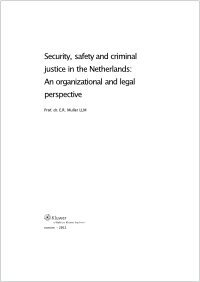By Joseph M. McKenna and Anthony Petrosino
In 2019, the National Institute of Justice (NIJ) was directed to provide Congress with a report on the state of school policing in the United States that examined the current role of police in schools and provided recommendations on how they can better serve the needs of students. To address this directive, NIJ engaged two consultants to conduct a comprehensive literature review and examination of data sources, facilitate four days of expert panel discussions, and synthesize the results from these data collection efforts. This report is the result of those efforts. The report focuses exclusively on the United States and on sworn officers and does not consider the use of school police in nations outside the United States or on the employment of private security, retired military, or other types of non-sworn police in schools. Much of the writing of this report occurred in 2020 amid the civil unrest stemming from the murder of George Floyd and the police killings of other people of color. It also was written during the COVID-19 pandemic, which undoubtedly will also have impacts on school policing. This report focuses on what we currently knew at the time of its writing.
Washington, DC: U.S. Department of Justice Office of Justice Programs National Institute of Justice, 2022. 105p.











